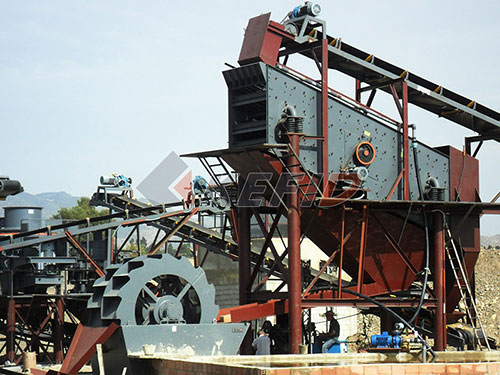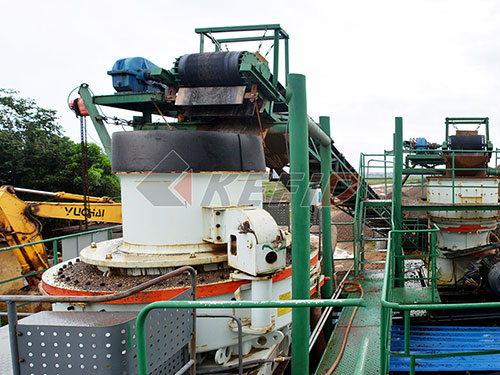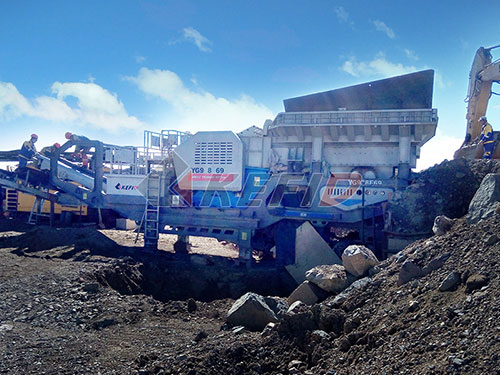Crusher Accidents: Understanding Risks and Prioritizing Prevention in Heavy Industry
Crushers – massive machines designed to pulverize rock, concrete, aggregate, and other hard materials – are indispensable workhorses in mining, quarrying, construction, and recycling operations worldwide. However, their immense power and complex mechanics inherently carry significant risks. Crusher accidents, while often preventable, can result in catastrophic injuries or fatalities when safety protocols lapse or hazards are underestimated.
Understanding the Hazards: Common Causes of Crusher Accidents

The nature of crusher operations creates several predictable danger zones:
1. Entanglement & Caught-In/Between: This is arguably the most frequent and devastating type of accident.
Clearing Blockages: Workers attempting to clear a jammed crusher manually while the machine is energized risk being pulled into moving parts like rollers or jaws if material suddenly dislodges.
Loose Clothing/Jewelry: Baggy sleeves, gloves not properly secured (or worn when prohibited), or jewelry can easily snag on rotating shafts or conveyors feeding the crusher.
Unguarded Moving Parts: Inadequate guarding around flywheels, belts drives (V-belts), couplings, or nip points creates fatal traps.
2. Struck-By Injuries:
Flying Rock/Fragments: Material ejected during crushing (“flyrock”) due to excessive feed rates, uncrushable objects (tramp metal), or structural failure can strike workers nearby.
Falling Objects: Tools or components dropped from above during maintenance activities pose a significant risk.
Swinging Components: Uncontrolled movement during liner changes or other maintenance tasks involving heavy parts suspended by cranes or hoists.
3. Maintenance-Related Incidents: Performing maintenance on crushers is inherently high-risk.
Failure to Lockout/Tagout (LOTO): Not properly isolating all energy sources (electrical power stored hydraulic pressure gravity) before entering the crushing chamber performing repairs leads to unexpected machine activation crushing electrocution.

Falls from Height: Working on elevated platforms walkways around crushers carries fall risks especially if guardrails are missing surfaces are slippery tools are mishandled.
Structural Collapse/Parts Failure: Fatigue undetected cracks improper reassembly after maintenance can cause catastrophic structural failure dropping heavy components onto workers below.
4. Slips

Leave a Reply